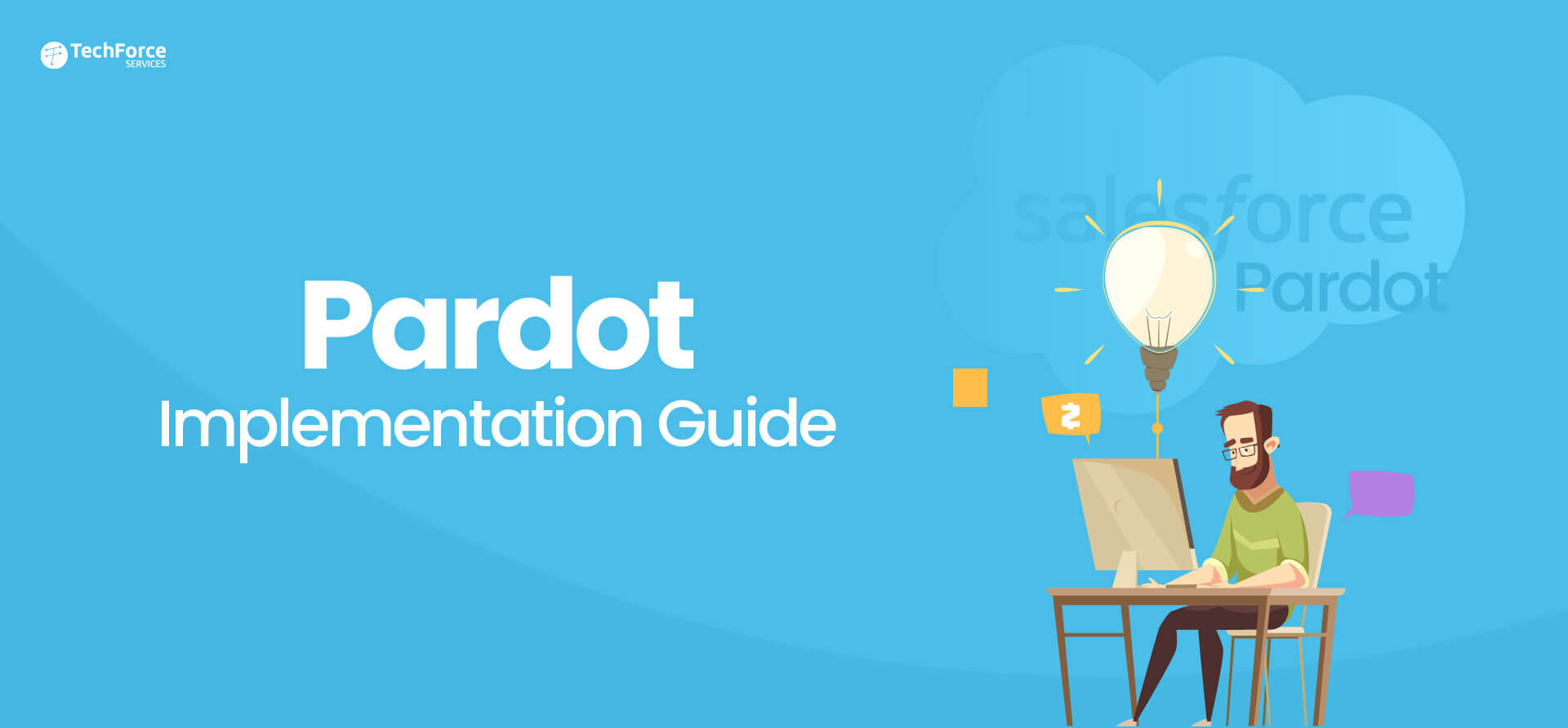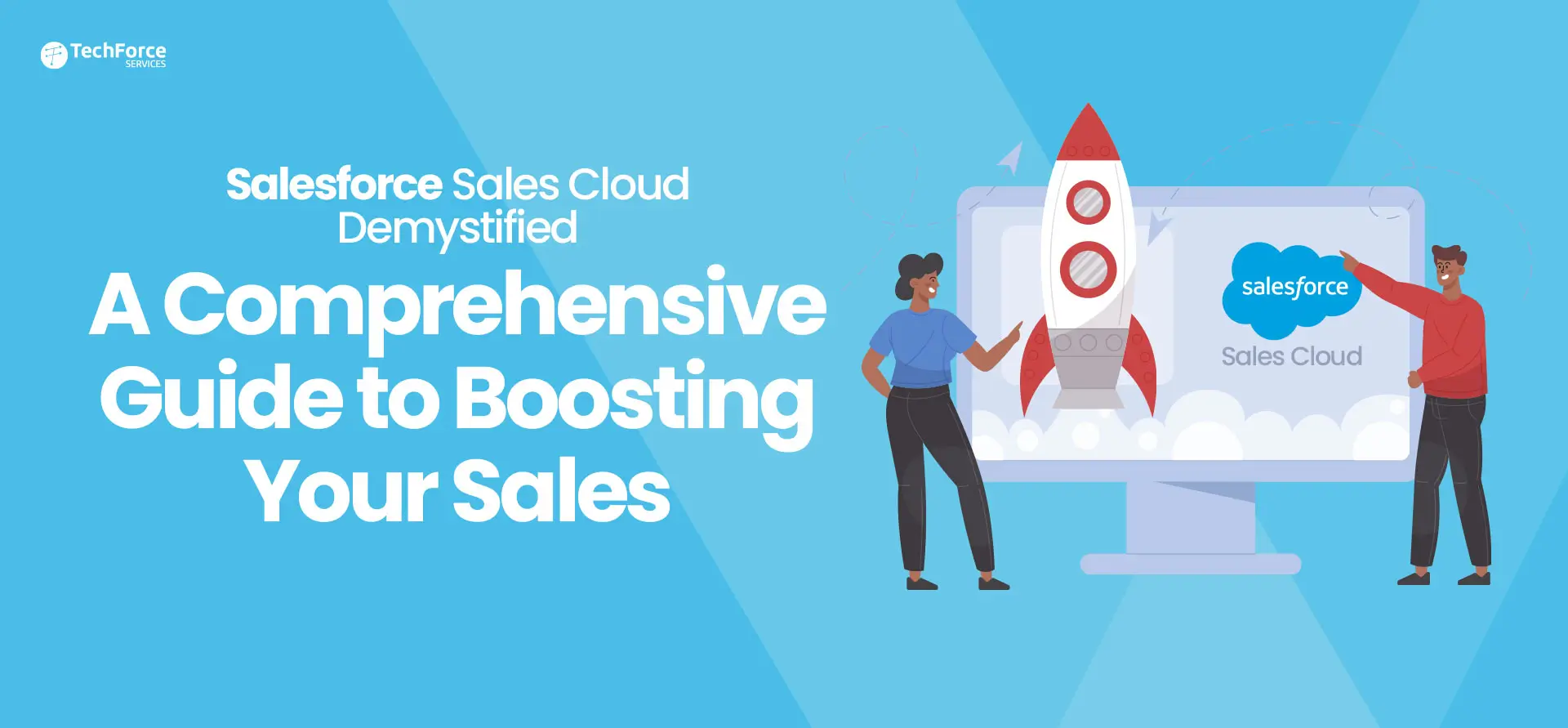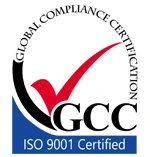Pardot, a product developed by Salesforce, is a powerful tool used for capturing and nurturing leads while automating marketing activities. Unlike traditional tools, Pardot offers advanced features that enable targeted actions, personalized customer experiences, and effective communication through tailored email communication, all of which satisfy the needs of potential customers.
Customizing Pardot to suit the specific requirements of a business can be done in various ways. Salesforce Pardot Partners, a team spread across the globe, collaborate closely with clients to understand their specific needs. They engage with different stakeholders within the organization in real-time, enabling them to deliver personalized Salesforce Pardot Implementation Services that align with the company’s short or long-term business goals.
In this article, we will provide a comprehensive guide on implementing Salesforce Pardot to maximize its value and benefits.
What is Pardot Implementation?
Pardot implementation is the process of setting up and customizing the Pardot marketing automation platform from Salesforce to align with the unique requirements of a business. It involves tasks like integrating Pardot with existing systems, designing automation workflows, creating personalized email campaigns, and optimizing lead management processes. The goal is to effectively leverage Pardot’s features and functionalities to streamline marketing activities, nurture leads, and achieve specific business objectives.
Benefits of Salesforce Pardot Implementation
Here are the advantages of implementing Salesforce Pardot:
Improved Lead Generation: Pardot helps businesses capture and nurture leads effectively, resulting in increased lead generation and higher quality leads.
Marketing Automation: Pardot automates repetitive marketing tasks, such as email campaigns and lead scoring, freeing up time for marketers to focus on strategic activities and improving overall marketing efficiency.
Personalized Engagement: With Pardot, businesses can deliver personalized content and targeted messaging to prospects, enhancing customer engagement and building stronger relationships.
Better Lead Management: Pardot provides robust lead management capabilities, allowing businesses to track and analyze leads throughout the sales funnel, resulting in improved lead conversion rates.
Enhanced Reporting and Analytics: Pardot offers in-depth reporting and analytics features, providing valuable insights into campaign performance, lead behavior, and ROI, enabling data-driven decision-making and optimization of marketing strategies.
Seamless Sales and Marketing Alignment: Pardot integrates seamlessly with Salesforce CRM, facilitating smooth communication and collaboration between sales and marketing teams, leading to improved alignment and increased revenue opportunities.
Scalability and Customization: Pardot is scalable and customizable, accommodating the evolving needs of businesses as they grow and allowing them to tailor the platform to their specific requirements.
Overall, Salesforce Pardot implementation empowers businesses with improved lead generation, streamlined marketing processes, personalized engagement, and enhanced reporting capabilities, ultimately driving higher ROI and business growth.
Steps For Pardot Setup Implementation
The Pardot setup implementation involves a series of steps to ensure a successful integration. Below, you’ll find a comprehensive guide that outlines each step in detail to help you effectively implement Pardot for your business needs.

Step 1: Understand Your Goals and Challenges
Before implementing Pardot, clearly define the challenges you aim to address, such as consolidating data sources or improving campaign accuracy. Gather system requirements and establish success metrics upfront. Evaluate existing marketing tools to identify gaps that Pardot can fill, while also considering features and best practices you want to transfer to the new platform.
Step 2: Prepare Compelling Marketing Content
Craft impactful messages that resonate with your customers. Develop email threads based on different engagement levels and outcomes. Support your messages with relevant educational materials, such as blog posts, eBooks, whitepapers, industry reports, checklists, case studies, and guides, to strengthen your marketing campaigns.
Step 3: Choose the Right Pardot Edition
Select the Pardot edition that strikes the right balance between features and price, based on your gathered requirements. Consider options ranging from budget-friendly editions with essential lead generation and email personalization features to more expensive editions with advanced analytics and reporting capabilities.
Step 4: Determine the Implementation Approach
Decide on the implementation approach based on your requirements and budget. If you have sufficient in-house resources, you can opt for a do-it-yourself (DIY) method. Alternatively, consider purchasing a Jump Start package from Salesforce or engaging a certified Salesforce Pardot implementation consultant for comprehensive services.
Step 5: Anticipate Implementation Risks and Challenges
Identify potential risks associated with your Pardot implementation project and develop strategies to mitigate them. Establish a change management plan that accounts for various scenarios throughout the rollout stages.
Step 6: Build Your Implementation Team
Assemble your project team, including a project manager, Salesforce admin, Pardot admin, webmaster/IT specialist, power users, sales and marketing specialists, and a graphic designer. Depending on the size and requirements of your implementation, roles can be combined to streamline the process.
Step 7: Establish Communication Channels
Ensure transparent and consistent communication among team members, implementers, and project stakeholders. Document meeting notes, project milestones, configurations, and customizations to facilitate ongoing collaboration and future reference.
Step 8: Assess Salesforce Data and Existing Systems
Review your Salesforce data for accuracy and completeness to ensure successful campaign execution. Evaluate your current systems and assess their compatibility with Pardot. Consider syncing solutions through APIs or using third-party connectors to optimize costs. Seek recommendations from Salesforce consultants for efficient system integration.
Step 9: Familiarize Yourself with Pardot
Take advantage of Salesforce’s sandbox environment to explore and understand Pardot’s features, appearance, and structure. Test configuration changes in the sandbox before implementing them in the production environment. Remember that data and configurations cannot be shared between sandboxes and production instances, and certain features may be limited in the sandbox environment.
Are you looking for Salesforce Pardot Implementation Services?
Pardot Implementation Checklist
Before implementing MCAE (Pardot), businesses should have a clear understanding of their marketing objectives and the specific challenges they aim to address. Here’s a checklist to consider when planning the implementation:
- Define marketing objectives: Determine desired outcomes and metrics for measuring success.
- Identify target audience: Segment and understand the characteristics of the audience for your marketing campaigns.
- Establish lead scoring criteria: Define the factors and interactions that determine lead scoring.
- Plan lead nurturing campaigns: Outline the steps to guide leads through the sales funnel.
- Determine data requirements: Identify data to import or sync from Salesforce CRM and capture from your website.
- Plan data migration: Develop a strategy to transfer data from existing systems to MCAE.
- Define reporting needs: Determine necessary reports and the data to include.
- Plan training and support: Establish methods to train your team and allocate support resources for the MCAE implementation.
Conclusion
Salesforce Pardot is a robust platform designed to automate marketing tasks and nurture leads effectively. TechForce Services is a trusted Salesforce Pardot Implementation Partner that provides tailored Salesforce Pardot Services to meet the unique requirements of its customers. With a team of experienced Salesforce Pardot Experts, TechForce Services leverages criteria-based rules and seamless integration with external applications to enhance the overall value and utility of Pardot for businesses.
Frequently Asked Questions
A business needs Salesforce Pardot to automate marketing activities, nurture leads, and improve campaign accuracy and efficiency. It enables centralizing data sources, gaining a competitive advantage, and achieving personalized customer experiences through targeted communication, ultimately driving business growth and success.
The duration of a Pardot implementation can vary based on the complexity of your marketing objectives and processes, as well as the specific configuration needs of your business. On average, the implementation process typically spans between 4 to 12 weeks. However, it is important to consult with experts to determine a more accurate timeline tailored to your unique requirements.













